Surin National Museum

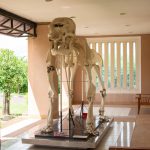

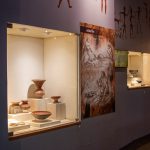
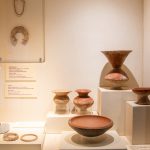
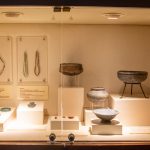
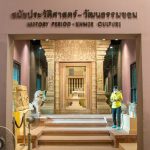
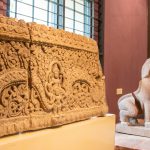

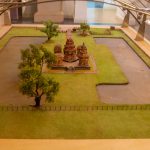


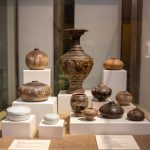
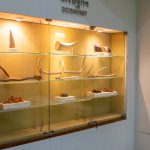
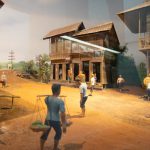
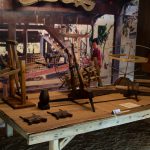

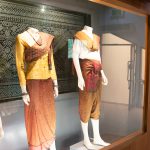
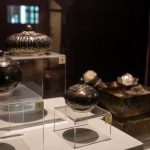
Surin National Museum
Adrees : 214 M.13, Surin-Prasat Road km.4, Chaniang Sub-district, Muang Surin District, Surin 32000
Opening time : Wednesday – Sunday, 09:00 – 16:00 hrs.
Closed on Mondays, Tuesdays and public holidays
Tel./Fax 0 4415 3054 E-mail : surinmuseum@yahoo.com
The Museum of Surin City has its stories and contents on display emphasizing on background history and the values in Surin. There are 4 buildings. Building 1 is the entrance hall and walkways. Building 2 is the educational section comprising of meeting rooms, activities room, reception rooms and library. Building 3 houses the exhibits and offices comprising of permanent exhibits, temporary exhibits and officials’ offices. Building 4 is the museum storage consisting of ancient artifacts storage and conservation and preservation laboratories.
The Surin National Museum was established under the City National Museum Project to exhibit the stories of Surin from the past until the present time. It is divided into 5 categories as follows.
Natural Science : Exhibiting the physical aspects of Surin comprising of geography, weather, geology, natural resources and rice due to the fact that Surin is one of the best sources of fragrant jasmine rice.
History and Archeology : Exhibiting the development of people in Surin from the pre-historic age of 2,000-1,500 years ago, the Dhavaravati age culture in the 12th-13th Buddhist century, the Khmer age culture in the 12th-18th century and the Lan Chang-Ayuthaya age culture in the 24th Buddhist century.
History of the City : Telling the history of Surin from 1759 when the leaders of the Gui people, Chiang Poom, Chiang Kha, Chiang Si, Ta Ka Cha and Chiang Khan helped recapture the white (albino) elephant which escaped from Ayuthaya and received royal gratitude and were bestowed with ranks and honours to govern the villages. These villages were later elevated to towns and cities with government reforms. There are also contents concerning economy, social aspects, population and education.
Ethnology : Exhibition of the way of live of the 3 major local ethnic groups which are the Gui or Guay who are experienced in capturing and training elephants, Cambodians and Laotians who are experienced in silk weaving.
Heritage : Showcasing the exceptional cultural heritage of Surin i.e. silk weaving, silvercraft, folklore and the way of life of the Gui and their elephants.
